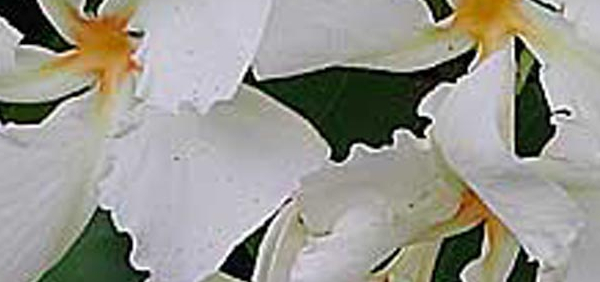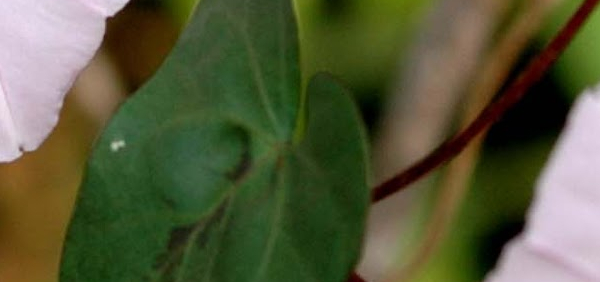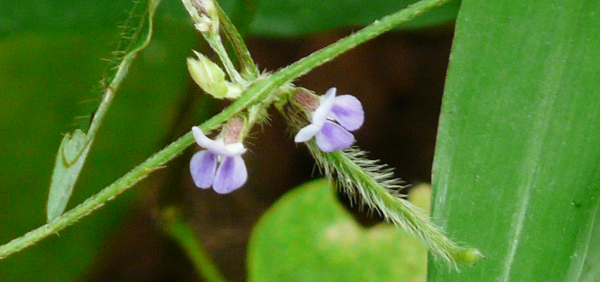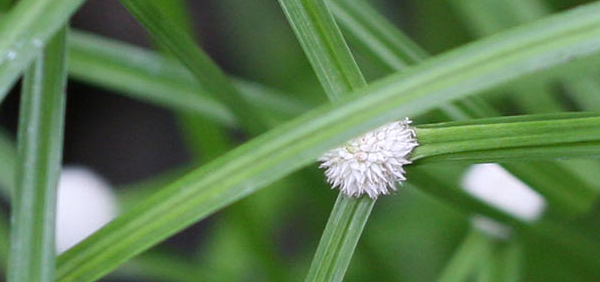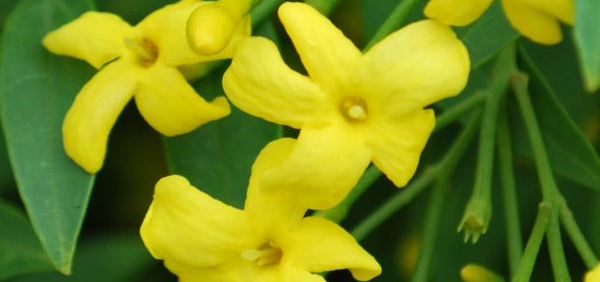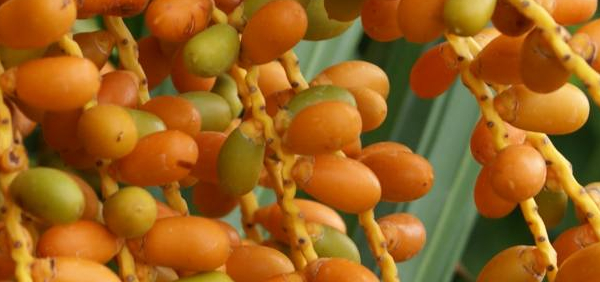dadima :
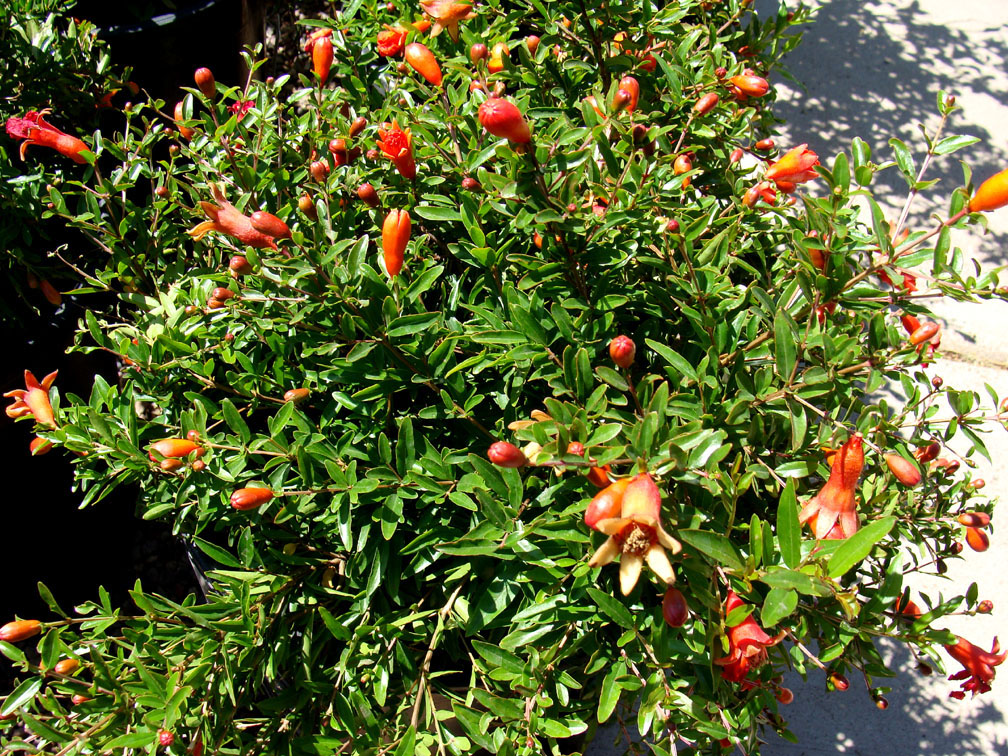
Geographical distribution:
- It is found throughout India.
- Wild in north –west region
- Pomegranate is drought-tolerate and can be grown in dry areas with either a Mediterarian winter rainfall climate or in summer rainfall climate.Since ancient times pomegranates have been grown in the Mediterranean region, the Middle East and South Asia
ECOLOGICAL ASPECT:
P. granatum is grown for its fruit crop, and as ornamental trees and shrubs in parks and gardens. Mature specimens can develop sculptural twisted-bark multiple trunks and a distinctive overall form. Pomegranates are drought-tolerant, and can be grown in dry areas with either a Mediterranean winter rainfall climate or in summer rainfall climates. In wetter areas, they can be prone to root decay from fungal diseases. They can be tolerant of moderate frost, down to about −12 °C (10 °F).
Insect pests of the pomegranate can include the pomegranate butterfly Virachola isocrates and the leaf-footed bug Leptoglossus zonatus, and fruit flies and ants are attracted to unharvested ripe fruit
Plant conservation:
Not in conserved list- » Classification and names of dadima
- » Synonyms and definitions of dadima
- » Drug Properties of dadima
- » Chemical Constituents of dadima
- » Standardization of dadima
- » Parts used and Dosage of dadima
- » Morphology and Histology of dadima
- » Distribution and Conservation of dadima
- » Cultivation of dadima
- » dadima in the market
- » Medicinal Uses of dadima
- » Researches and clinical trails of dadima
- » dadima in other sytems of medicine
- » Ayurvedic formulations with dadima
- » Images of dadima




